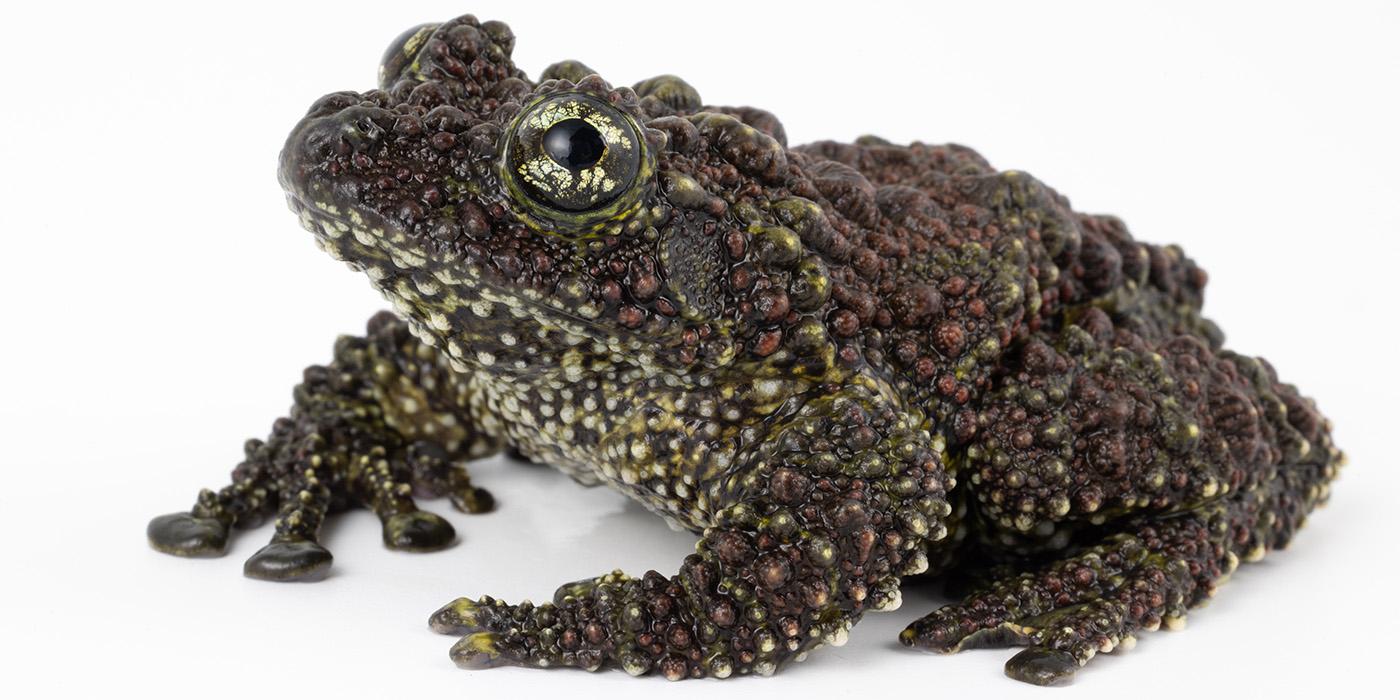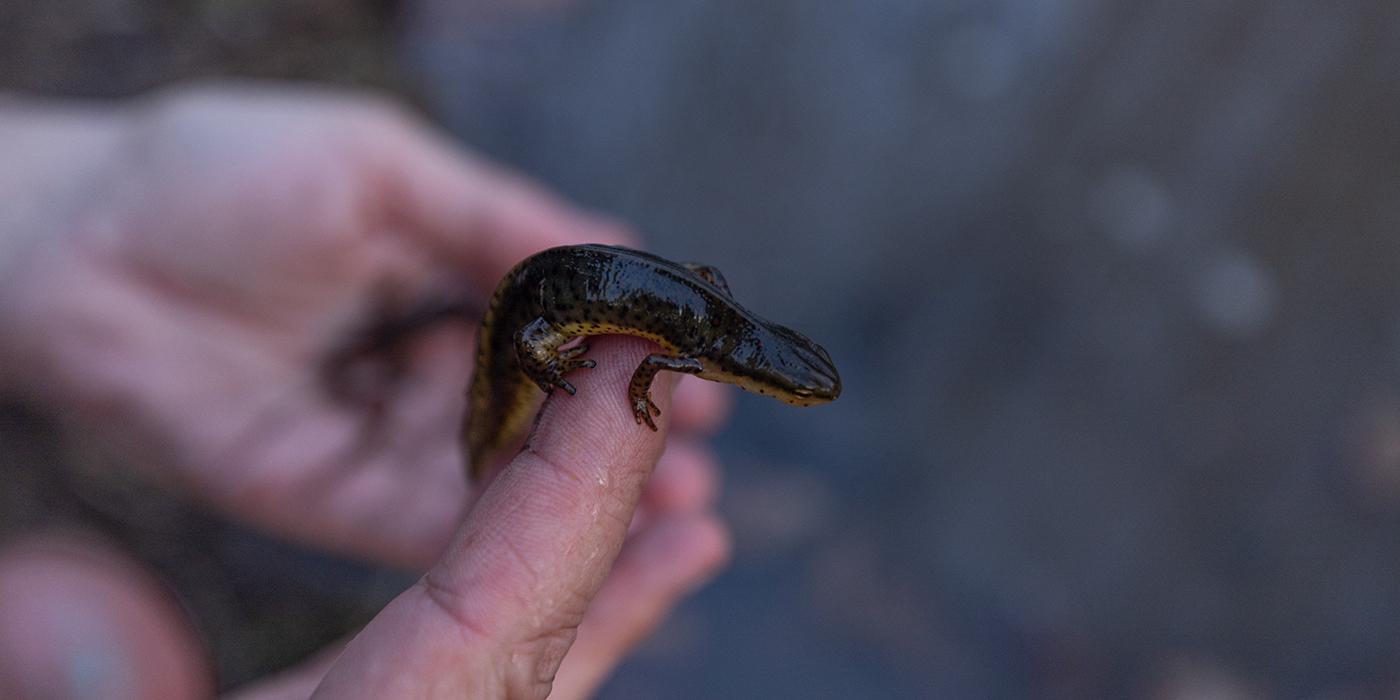Cuban Crocodile Dies at Smithsonian’s National Zoo and Conservation Biology Institute
A 10-year-old male Cuban crocodile at the Smithsonian’s National Zoo and Conservation Biology Institute (NZCBI) has died from a presumed electrical injury sustained in its indoor habitat. He had hatched at NZCBI in 2012 as part of a breeding program for the species. The final pathology report will confirm the cause of death.
In the early morning of Dec. 17, Reptile Discovery Center staff discovered the deceased Cuban crocodile in its enclosure. Staff deduced the crocodile was attracted to a replacement electrical outlet and attacked the electric infrastructure in the habitat. The new outlet was approximately 4.5 feet off the ground, higher than the original outlet. Known for their aggressive behavior, the crocodile pulled the electric equipment off the wall and bit various pieces.
As part of regular facility-safety procedures, exhibit-integrity inspections are conducted multiple times a day by staff. The last inspection of the habitat was conducted Dec. 16 at closing. No areas of concern were observed, and the electrical circuit was intact. The animal had been living in this habitat without incident for several years. The exhibit passed an accreditation inspection by the Association of Zoos and Aquariums in 2018.
The Zoo will continue its investigation of the incident. Effective immediately, the Zoo is installing redundant electrical breakers throughout the building to prevent a repeat incident. There are no plans to put an animal in the enclosure for the foreseeable future.
Found only in a limited range in Cuba, the International Union for Conservation of Nature classifies the Cuban crocodile as critically endangered. It is thought there are around 3,000 purebred Cuban crocodiles in the wild.
###
Related Species:




